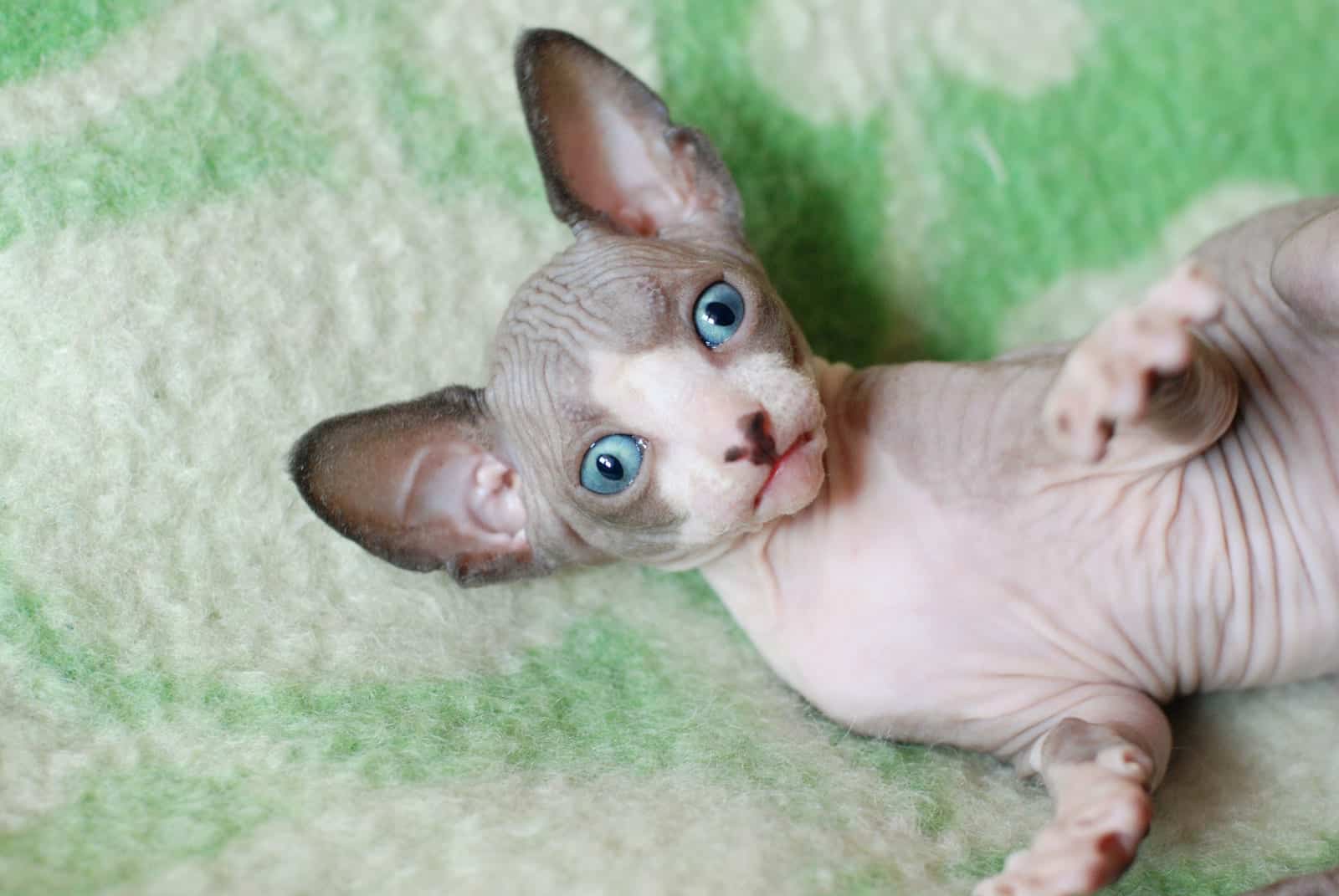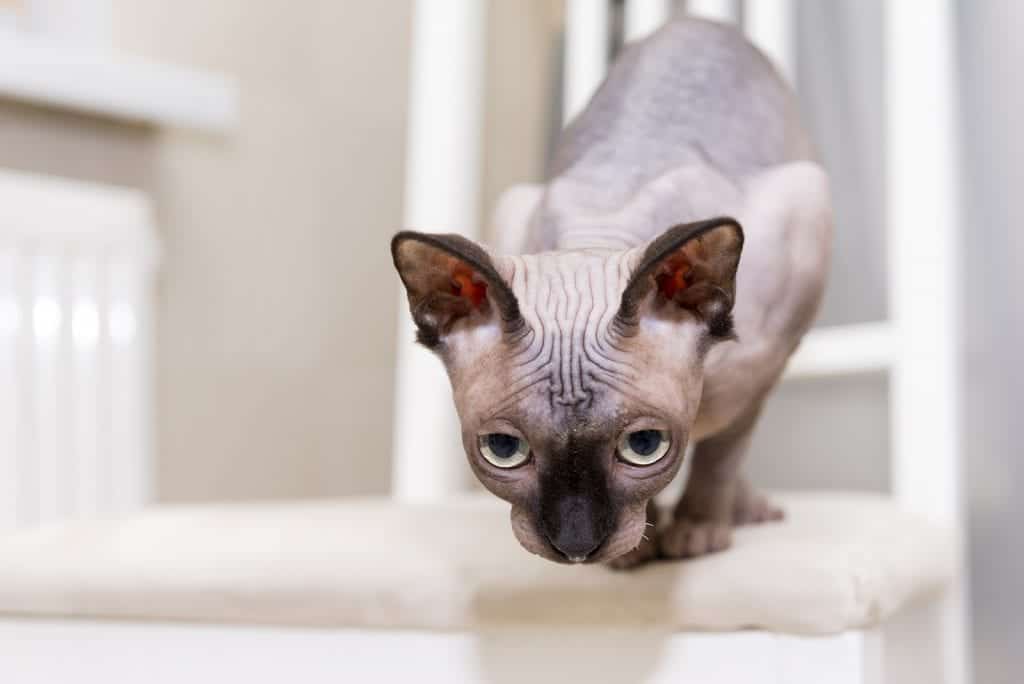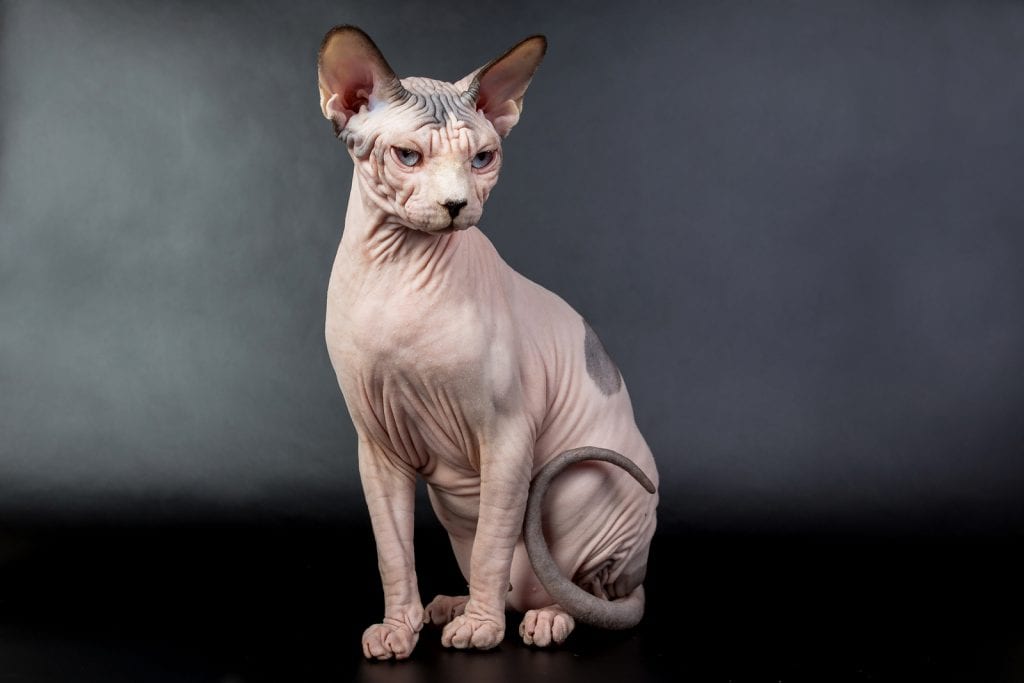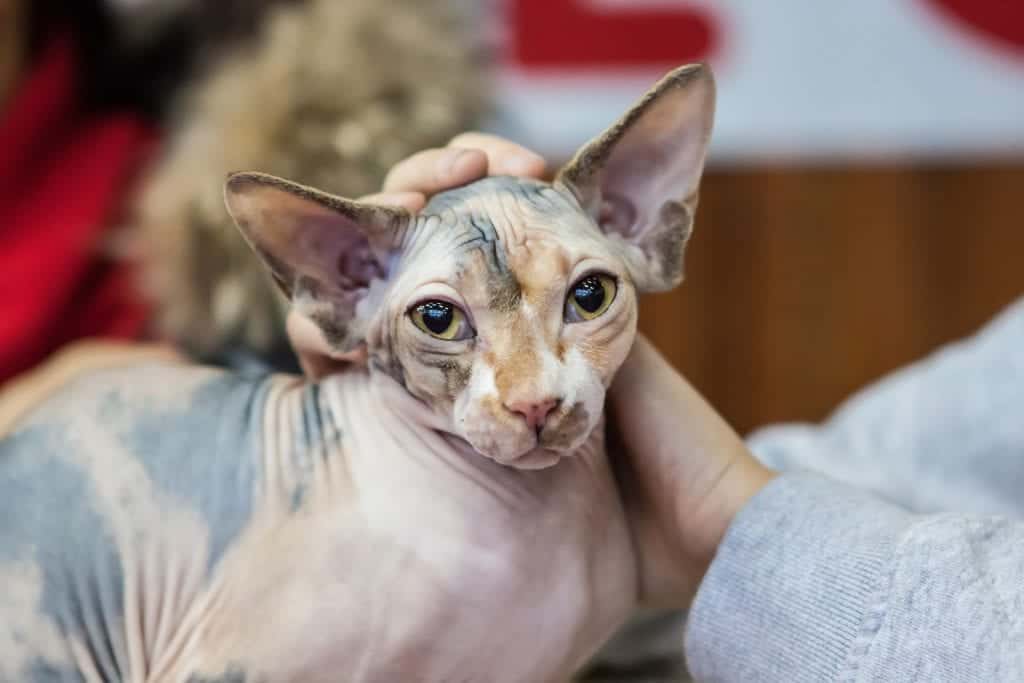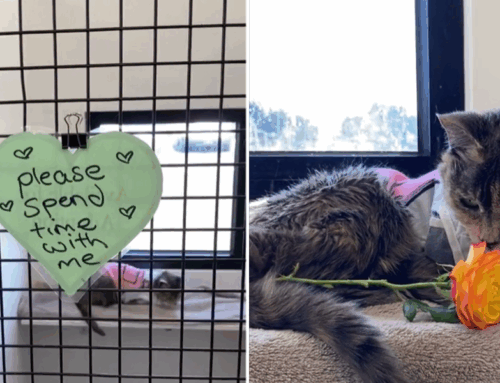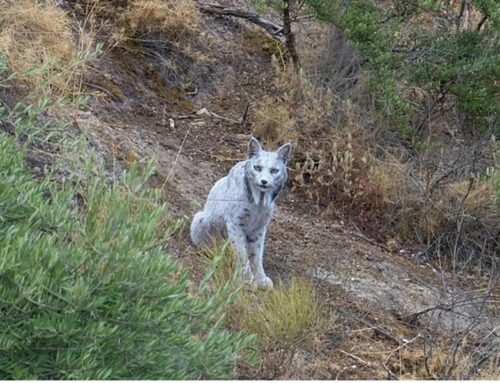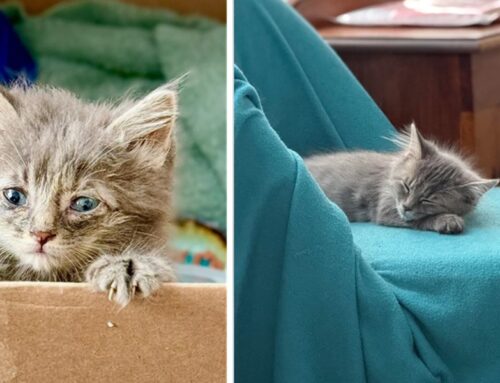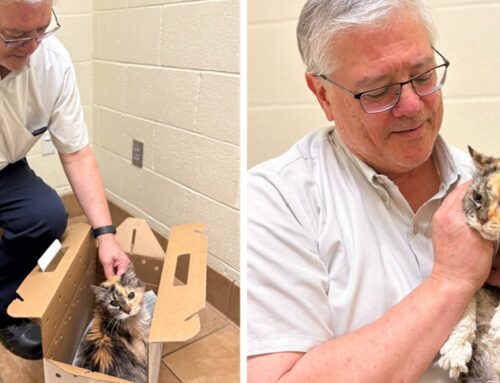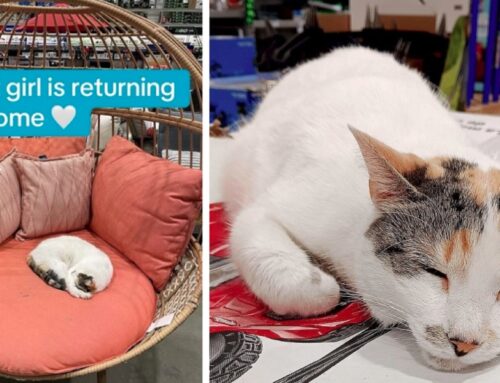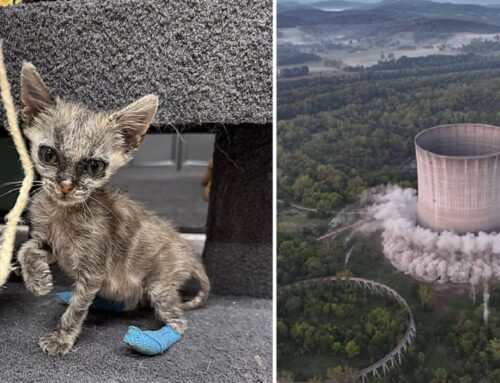The hairless cat is an instantly recognizable breed that has a unique history. While many people can immediately identify hairless cats when they see one, they might not know much else about them. Keep reading to learn some interesting and fun facts about this unique breed of cat.
They Aren’t Actually Hairless Cats
Even though they’re called hairless, they’re not truly bald. They actually have a fine layer of fuzz covering their body. When you pet one, you’ll notice they’re not as soft as other cats. Instead, they almost feel more like suede. Many people who suffer from cat allergies mistakenly believe that a hairless cat is a good option for a pet. Unfortunately, their skin and saliva still produce the same allergenic protein that causes a runny nose and itchy eyes.
They Originated in Canada
You would think a cat that has a fine layer of fuzz would originate from a tropical climate, but the first hairless cat was born in Ontario, Canada in 1966. This is when a regular house cat gave birth to a hairless kitten because of a natural genetic mutation. Using this kitten and selective breeding, we now have hairless cats. Two other sets of hairless kittens were born in Minnesota and Toronto in the mid-1970s, and these cats have created their own breed. Interestingly, they are also about four degrees warmer than most other cats.
They Can Get a Sunburn
Just like humans, hairless cats can get a sunburn on their skin because a layer of thick fur doesn’t protect it. As a result, hairless cat owners have to take special precautions to protect their felines. Most hairless cats stay indoors for their safety. Additionally, if they do have to go outside, many owners will apply sunscreen on their cats’ skin to protect it from the harmful rays.
They Have Patterns and Colors
Even though hairless cats appear to not have any fur, they do come with a variety of colors and patterns. This pigment is on their skin, and you can see everything from tortoiseshell to tabby markings. Hairless cats also come in shades of brown, cream, black, white, and cinnamon. In fact, you’ll see hairless cats in just about every shade and pattern that regular cats have.
They Require Special Grooming
Although many people think that a hairless cat doesn’t need any grooming because of the lack of fur, this breed requires a special grooming routine. The fuzz doesn’t attract dirt like a traditional cat, but the skin on the hairless cat still produces oil. On most cats, this oil keeps their fur sleek and shiny. However, on a hairless cat, the oil forms a greasy film. This means owners have to give their cats a weekly bath. Additionally, since hairless cats don’t have any fur protecting their ears, owners need to regularly clean them with a cotton ball.
You knew that hairless cats are fun and lovable felines with a personality all their own, but now you’ve learned even more interesting facts about the breed!


